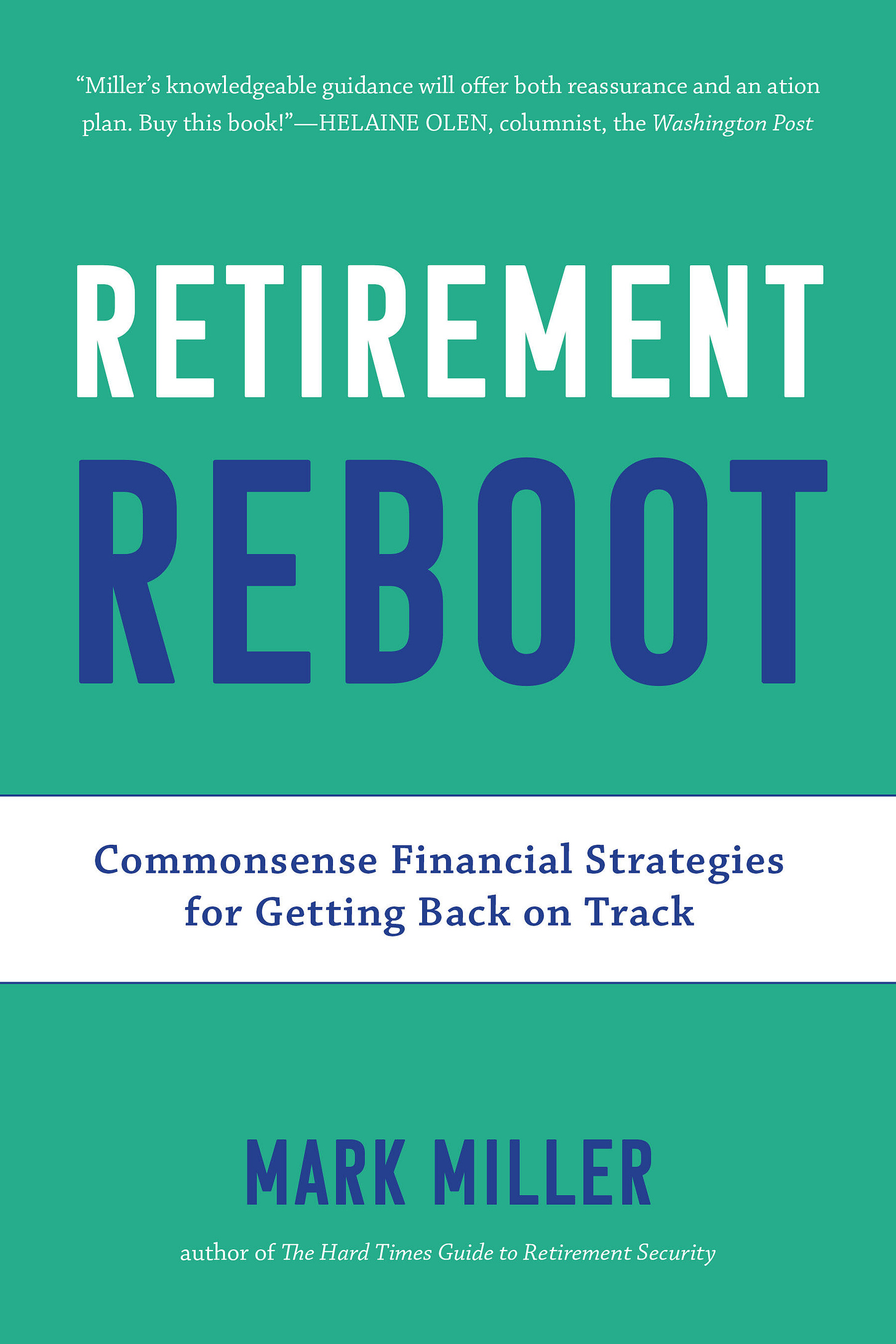The Social Security fix no one is talking about
What if the traditional wisdom on how to fix Social Security no longer holds?
The trustees who oversee the program issued their annual financial forecast yesterday, predicting that the combined retirement and disability trust fund reserves will be depleted in 2035 - one year later than forecast last year. The improvement is due to the recent strong economy and wage growth, which has accelerated payroll tax payments that fund the program.
Still, in 2035, the program would be insolvent.
That may sound like Social Security will have no money at all to pay benefits in 2035. But what the report really means is that the enormous Social Security trust fund reserves - currently $2.78 trillion - would be depleted, and the program would be bringing in enough cash at that point to pay only 83% of the benefits promised to current and future beneficiaries. That would be the equivalent of a 17% cut in benefits.
A benefit cut of that magnitude is extremely unlikely. It would pose an immediate and severe hardship for retirees, and it is difficult to imagine any member of Congress willing to explain such an outcome to constituents.
Traditional wisdom holds that there are just a few ways to solve the problem: We can raise the payroll taxes that fund the program, cut benefits, or do some combination of two.
But the closer we get to insolvency, benefit reductions cannot be implemented in a way that solves the immediate problem. And a revenue solution gets more challenging - at least, if the goal is to meet Social Security’s legal requirement to forecast solvency over a 75-year period.
There’s still time for Congress to act in advance of the solvency deadline. But if gridlock persists on this issue, lawmakers might well turn to a different solution to avert insolvency and benefit cuts: an emergency injection of general government revenue.
In my new Reuters column, I explore what this solution might mean for our most important retirement program. It would be a profound turning point for Social Security, which has always been self-financed. The program is funded primarily by the payroll tax, currently 12.4%, which is split evenly by employees and employers. It is also funded by smaller amounts of revenue from interest earned on trust fund bonds and taxation of benefits.
Adding general revenue would mean that Social Security - for the first time - would be adding to the nation’s debt burden, since the money would be borrowed. The shift also could put Social Security in the same boat as other federal programs subject to annual congressional appropriations for things like food and housing.
Medicare: A separate report found that the financial health of the Medicare Hospital Insurance Trust Fund (Part A) improved. The HI trust fund faces a solvency problem in 2036 - five years later than last year’s estimate. Like Social Security, the improvement was due to the stronger economy and higher payroll taxes. The fund also benefited from policy changes that affect spending.
The growth rate of Medicare spending has fallen in recent years, defying forecasts.
Retirement Reboot makes Morningstar’s “best” list
Retirement Reboot made Morningstar’s new list of top retirement books. I’m honored to be listed alongside so many authors I respect, including Wade Pfau and Mike Piper.
This honor follows the recognition Retirement Reboot received from the Society for Advancing Business Editing and Writing (SABEW) as one of the top three personal finance books of 2023 in its annual Best in Business Book Awards.
What I’m reading
Biden administration’s new rules strengthen fiduciary protections for retirement investors . . . You don’t need to be a millionaire to retire . . . Religion is not a requirement at these faith-based retirement communities . . . Star scientist’s claim of reverse aging draws criticism . . . . Blackrock’s plan for 401(k)s involves a monthly retirement paycheck . . . A peek inside the brains of super-agers.

